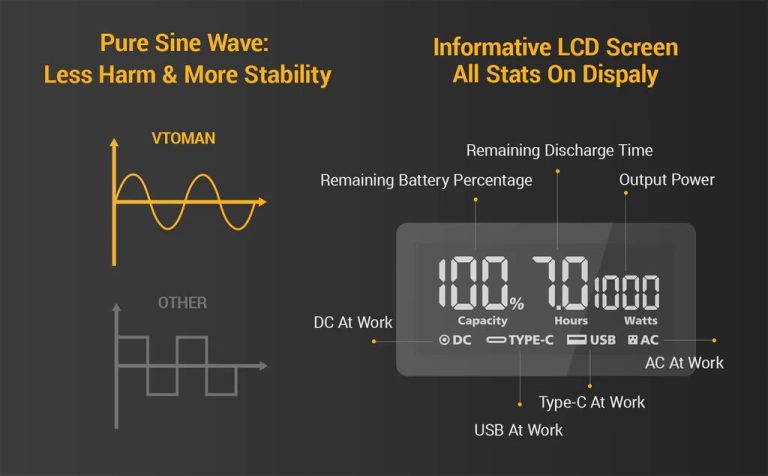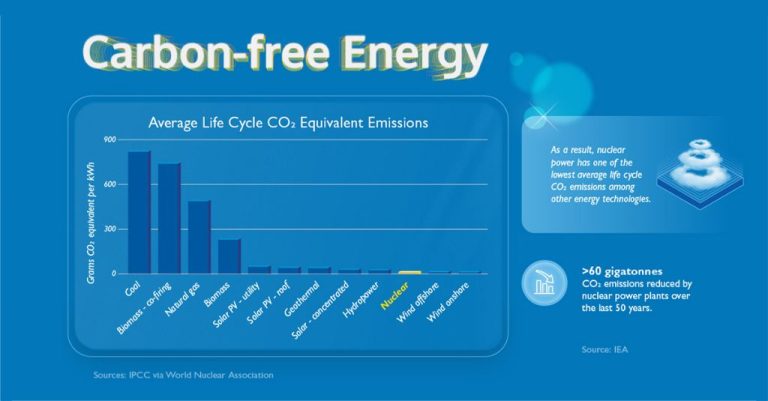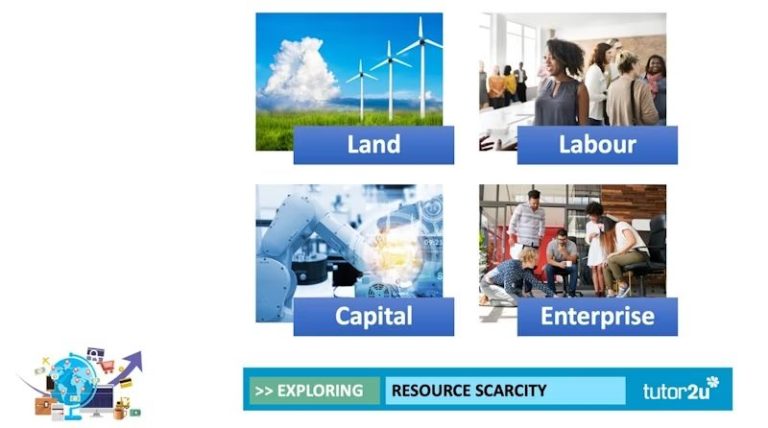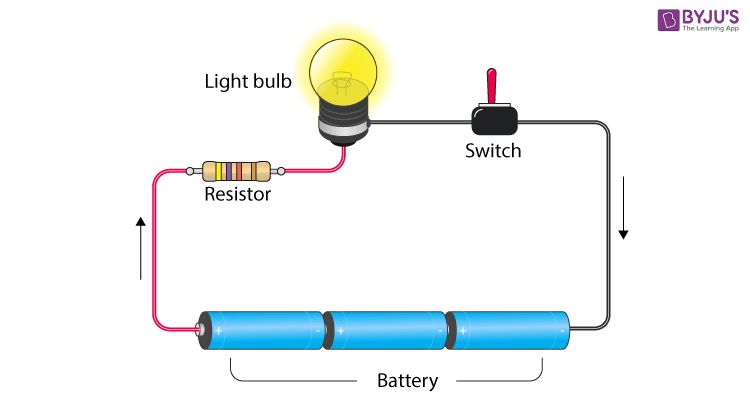Are Renewable Resources Finite?
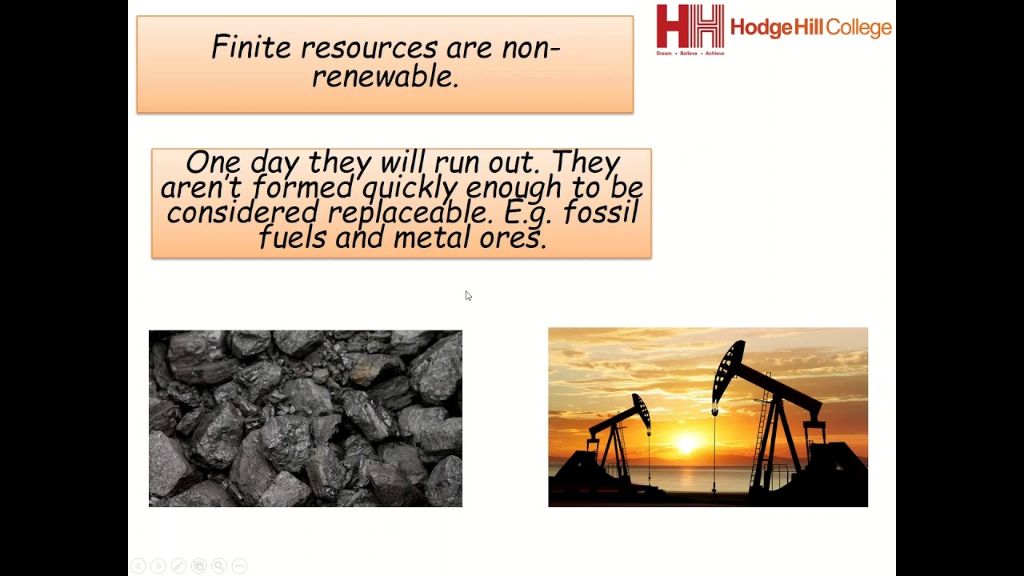
Renewable resources are materials that can be replenished naturally over time. Some common examples include solar, wind, hydro, geothermal, and biomass energy. Renewable resources are sustainable sources of energy that are continuously regenerated and can be used without the risk of depletion.
According to the textbook by Braus (source), renewable resources are defined as “energy sources that cannot be depleted, are naturally replenishing, and have no harmful emissions.” This means renewable resources can be used without the concern of running out or polluting the environment. The energy from renewable resources comes directly or indirectly from the sun and can be harnessed with technologies such as wind turbines or solar panels.
In contrast, non-renewable resources like oil, natural gas, and coal exist in limited, finite amounts. Once used, they cannot be replenished. Reliance on non-renewable resources raises concerns about energy security, affordability, and environmental sustainability.
Types of Renewable Resources
There are several major types of renewable energy sources that are commonly used today. Some key examples include:
Solar Energy: Solar power involves harnessing energy from the sun and converting it into electricity or heat. Some common solar technologies include photovoltaic panels and solar thermal collectors.[1]
Wind Energy: Wind power utilizes large wind turbines to generate electricity. As wind blows past the turbine blades, a generator converts the rotational kinetic energy into electricity.[2]
Geothermal Energy: Geothermal power comes from harnessing the internal heat of the Earth. Technologies like geothermal heat pumps can tap into this resource to provide heating, cooling, and electricity generation.[1]
Hydropower: Hydropower utilizes the movement of water to generate electricity at hydroelectric dams and tidal power plants. It is one of the oldest sources of renewable power.[2]
Biomass: Bioenergy involves burning organic matter like plants, wood, and waste to produce heat, electricity, or transportation fuels like ethanol and biodiesel.[1]
Difference Between Renewable and Non-Renewable
The key difference between renewable and non-renewable resources is that renewable resources are naturally replenished, while non-renewable resources are finite and will eventually run out. Non-renewable resources such as oil, natural gas, and coal take millions of years to form naturally and cannot be replaced as fast as they are being consumed. Once depleted, non-renewable resources are gone for practical purposes. On the other hand, renewable resources such as sunlight, wind, water, and geothermal heat are continuously replenished naturally. As long as the environmental conditions that produce renewable resources persist, they will be available indefinitely.
Some examples of non-renewable resources are fossil fuels like petroleum, coal, and natural gas that are formed from dead organic material over millions of years under intense heat and pressure. Metals like gold, silver, copper, and aluminum are also non-renewable since their amounts are fixed. Once extracted completely, there will be no more left on earth. In contrast, renewable resources like solar, hydro, wind, bioenergy, and geothermal energy will exist as long as the sun shines, water cycles, wind blows, plants grow, and earth’s internal heat persists.
While renewable resources are replenished naturally, the rate of replenishment can be slower than the rate of consumption. So they must also be used judiciously to ensure their long-term availability. But the fact that they can regenerate over human timescales, as opposed to geological timescales for non-renewables, makes them effectively infinite when properly managed.
Sources:
https://byjus.com/biology/difference-between-renewable-and-non-renewable-resources/
Are Renewable Resources Truly Infinite?
While renewable resources are replenished naturally, they are still fundamentally limited in supply. The term “renewable” is somewhat misleading, as it implies an unlimited, infinite supply. In reality, renewable resources depend on natural cycles and systems that can only support a finite rate of renewal and extraction (2).
Take hydropower as an example. The water cycle ensures a constant supply of water, making it a renewable resource for generating electricity. However, each river system can only support a certain number of dams and hydroelectric plants before the ecosystem is negatively impacted. Even abundant solar and wind energy have limits in terms of suitable locations and land area available. Renewables may last indefinitely if utilized sustainably, but they cannot support unlimited growth (3).
In economic terms, renewables follow the laws of supply and demand. As low-cost sources are depleted, extracting energy and materials from renewables becomes progressively more challenging and expensive. While the physical supply may not “run out” in a traditional sense, economic viability will eventually decline unless technology improves. Considering renewables finite is crucial for their long-term sustainability and cost-effectiveness.
Limitations of Renewable Resources
While renewable energy sources have many benefits, they also face some limitations in scaling up to meet global energy demands. Some of the key limitations include:
Land requirements – Many renewable technologies like solar, wind, and biofuels require large areas of land. For example, a typical 1 MW solar farm requires 2-3 acres of land. As renewable capacity is scaled up, it could compete for land needed for other uses like agriculture and wildlife habitats [1].
Materials constraints – Production of renewable energy systems like solar panels, wind turbines, and batteries depend on rare earth metals and minerals. Extracting and processing these materials have environmental impacts. Future supply constraints could limit manufacturing and adoption [2].
Variability and intermittency – Renewable sources like wind and solar are weather-dependent and generate electricity intermittently. This variability can be challenging to manage in matching energy supply with demand, compared to the relative consistency of fossil fuels [3].
Overall, while renewable energy has limitations, they can be addressed through careful siting, technology improvements, grid integration solutions, and demand management. A mix of conservation, efficiency, and renewable resources will be needed to build a sustainable energy future.
Factors Affecting Renewable Resource Availability
There are several key factors that influence the availability and viability of renewable energy sources in a given location. According to the Encyclopedia Pub, climate conditions like sunlight, wind speeds, and rainfall patterns dictate how much renewable power can be generated from solar, wind, and hydroelectric sources respectively [1]. Geography also plays a role, as areas with greater solar irradiation, stronger and more consistent winds, and more elevation changes suited for hydropower will have greater renewable resource potential.
Additionally, technology improvements and infrastructure investments can boost renewable output. More efficient solar panels, larger wind turbines, and updated hydroelectric facilities allow for greater energy generation from the same underlying resources. Widespread electric grid upgrades to handle intermittent power sources also aid renewables integration as per the C2ES [2].
Finally, promoting energy efficiency and conservation reduces overall energy demand, making it easier for renewables to supply a larger share of total needs. This involves improving building insulation, incentivizing efficient appliances and lighting, and modifying usage patterns to flatten peak demand periods according to Internet Geography [3]. With thoughtful renewable resource management and smart energy policies, a greater fraction of needs can be sustainably met.
Projected Lifespans of Key Renewable Resources
While renewable resources are replenished naturally, the equipment and infrastructure used to harness them have limited lifespans. Here are projected lifespans for some key renewable technologies:
Solar
Solar panels typically last around 25-30 years before degradation affects performance [1]. However, solar projects are usually designed for 20-25 year lifespans [2]. Improvements in solar technology could increase lifespan estimates.
Wind
Most wind turbines are designed to operate for 20-25 years [2]. Regular maintenance and upgrades can extend lifespan beyond the initial design.
Geothermal
Geothermal power facilities typically have lifespans of 20-30 years. However, some plants have operated successfully for over 45 years with proper maintenance [1].
Biomass
The lifespan of biomass power plants depends on the technology. Direct combustion plants can operate for 30 years or more. Gasification and pyrolysis plants may only last 10-15 years without replacement of components [1].
Increasing Efficiency and Technology
While renewable resources are finite, advancements in technology and efficiency can help extend their lifespans. For example, improvements in solar panel efficiency allow panels to convert a greater percentage of sunlight into electricity, generating more energy from the same amount of sunshine [1]. Similarly, advances in wind turbine design have increased the amount of energy that can be harnessed from wind, with some turbines now able to capture energy from lower wind speeds [2].
Technologies like smart grids and energy storage systems can also reduce renewable energy waste. Smart grids use digital communications to balance electricity supply and demand in real-time, reducing curtailment of renewables when supply exceeds demand. Battery storage allows excess renewable electricity to be stored for later use instead of being wasted. Such developments help extend the usable lifespan and productivity of renewable sources.
With continued research, development and investment, efficiency and technological improvements can further increase energy yields from renewable resources like sunlight, wind, and water. While finite in total potential, enhanced efficiency and smarter use can stretch renewables to meet more of our energy needs over a longer timeframe.
The Role of Conservation
Conservation plays a critical role in extending the lifespan of renewable resources. Though renewable resources can be replenished, overuse and waste can still lead to depletion. Conservation efforts help ensure renewable resources are used judiciously and sustainably.
For example, trees are a renewable resource as new ones can grow to replace harvested timber. However, excessive logging can damage forests faster than trees can regrow. Sustainable forestry practices, like controlled harvesting and replanting, are essential to maintain healthy forests over the long-term.
Likewise, wind and solar power are renewable, but require rare earth metals and minerals for equipment manufacturing. Recycling metals from old parts, rather than mining new materials, reduces environmental impact and extends limited supplies. As the Utilities One article discusses, community renewable energy projects can aid conservation through local economic benefits and reduced energy waste.
Water conservation is also pivotal, even for renewable freshwater supplies like lakes and rivers. Population growth strains limited water reserves. Practices like repairing leaks, installing low-flow fixtures, and reducing household water use preserve water tables and aquatic ecosystems.
In essence, conservation extends renewability by promoting mindful use and reducing waste. While innovative technologies and efficiency improvements help, conscious consumer habits and sustainable practices are fundamental to maintaining renewable resources for future generations.
Conclusion
In summary, while renewable resources replenish naturally, they are not truly infinite. The availability of renewable resources depends on many complex factors. While the sun’s energy may be perpetual, our ability to harness it is constrained by limits of land, materials, and efficiency. Renewable resources can be depleted if not properly managed. However, with technological improvements, conservation practices, and sustainable use, renewable resources can provide energy long into the future. Though finite, renewable resources have the potential to provide for our needs for generations. With care and innovation, these resources may grant humanity an indefinite future.

